#Antinoos
Text
I was today years old when I realised that Alkinoos (‘mighty mind’) and Antinoos (‘contrary mind’) are Xenia opposites in the Odyssey 😳😳😳
#xenia#odyssey#alcinous#antinous#alkinoos#antinoos#odysseus#divine retribution#epic poetry#epic poem
40 notes
·
View notes
Text

Antinous, Uffizi, Firenze
#another one for the collection#antinous#antinoos#hadrian#mine#classics#antiquity#uffizi#museum#italy
48 notes
·
View notes
Text


..
#archaeology#ancient greece#portrait#marble#queer history#original photographers#türkiye#turkey#antalya#ancient rome#sculpture#statue#antinoos#antinous#hadrian#queer#gay history#gay#antiquity#dark academia#history#academia aesthetic
18 notes
·
View notes
Text
Antinoös, in the middle of taking a sip of wine: "...Why do I hear boss musi--- AAUGH!"
#odyssey#odyssey spoilers#vaguely i guess#odysseus#antinoos#epic the musical#i love this moment so much#we get built up to hating this guy with a passion#and then just ZZZIIP he's dead before anyone knows what's going on
27 notes
·
View notes
Text

The second of the four designs for my 2022 Pride line: a portrait of Holy Antinoos, the deified lover of the Roman Emperor Hadrian. More myth than fact remains of either his life or his death, but the record is clear that he died while travelling with Hadrian in Egypt and that emperor had him deified, established a hero cult in his name, and named a city after him. The cult never became a major religion, but it was widespread and reasonably popular, and Antinoos became both a religious and literary icon of sexual love between men. I based this image of Antinoos on a Roman statue in the Antinous Mondragone style from the 2nd century CE, reframed in imitation of an ancient coin.
* Made of solid .925 sterling silver or shibuichi (an art metal alloy made of 3:1 copper:silver), yellow brass, or bronze.
* Available as a coin, with an upeye for use as a pendant, or with three jump rings for use in a rosary-style necklace.
Each piece is hand-made to order in my home studio, with unique variations and defects as a result of the fabrication and casting process.
#Antinoos#Pride Jewelry#Jewelry Art#Jewelry#Art Jewelry#Queer Artist#Queer Jeweler#LGBT#Sorcerers Workbench
6 notes
·
View notes
Photo

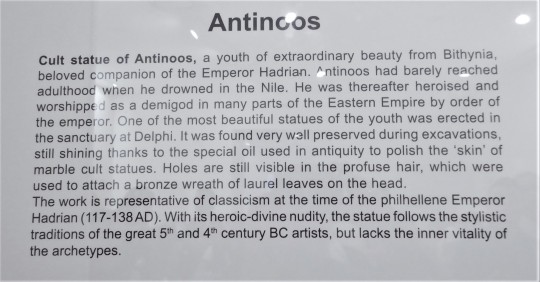


artist unnamed, cult sculpture of Antinoös/ Antinous C 2ndCE marble
text: Delphi Archaeological Museum
10 notes
·
View notes
Photo

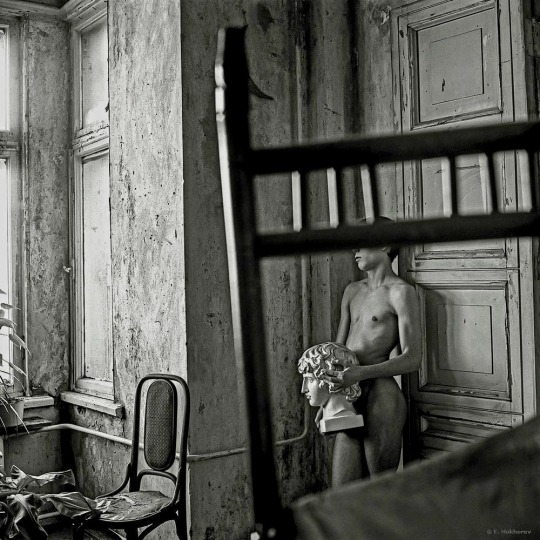
Evgeny Mokhorev: Antinoo
196 notes
·
View notes
Text

~138, (Auctor incertus), Antinoo Braschi: Statua colossale di Antinoo nelle vesti di Dioniso-Osiride


#Antinous Braschianus#Antinoo Braschi#Statua colossale di Antinoo nelle vesti di Dioniso-Osiride#Auctor incertus#saec. II#138#sculptura#Musea Vaticana#Civitatis Vaticanae#Antinous#Bacchus#YOOYB4I
20 notes
·
View notes
Text
revenge feels so good
τοὺς δ' ἄρ' ὑπόδρα ἰδὼν προσέφη πολύμητις Ὀδυσσεύς·
"ὦ κύνες, οὔ μ' ἔτ' ἐφάσκεθ' ὑπότροπον οἴκαδ' ἱκέσθαι
δήμου ἄπο Τρώων, ὅτι μοι κατεκείρετε οἶκον,
δμῳῇσιν δέ γυναιξὶ παρευνάζεσθε βιαίως,
αὐτοῦ τε ζώοντος ὑπεμνάασθε γυναῖκα,
οὔτε θεοὺς δείσαντες, οἳ οὐρανὸν εὐρὺν ἔχουσιν,
οὔτε τιν' ἀνθρώπων νέμεσιν κατόπισθεν ἔσεσθαι·
νῦν ὑμῖν καὶ πᾶσιν ὀλέθρου πείρατ' ἐφῆπται."
ὣς φάτο· τοὺς δ' ἄρα πάντας ὑπὸ χλωρὸν δέος εἶλε·
Odyssey 22, lines 34-42
Leering out from under his eyebrows, wily Odysseus addressed them:
"you dogs, you really didn't think that I would come back in return
from the city of the Trojans, that you all destroyed my home,
y'all forcibly slept with my slave women,
and though I still live, y'all quietly courted my wife,
not fearing the gods who hold the wide heavens,
nor thinking any human revenge would follow;
but now, for all of you, the loose ends of your death have been tied."
So he spoke; so pallid fear seized all of them.
#odysseus#odyssey#he gets to have a couple evil speeches as a treat#and this one right after shooting Antinoos in his greedy gullet#it's just so fucking good#translation my own
10 notes
·
View notes
Text

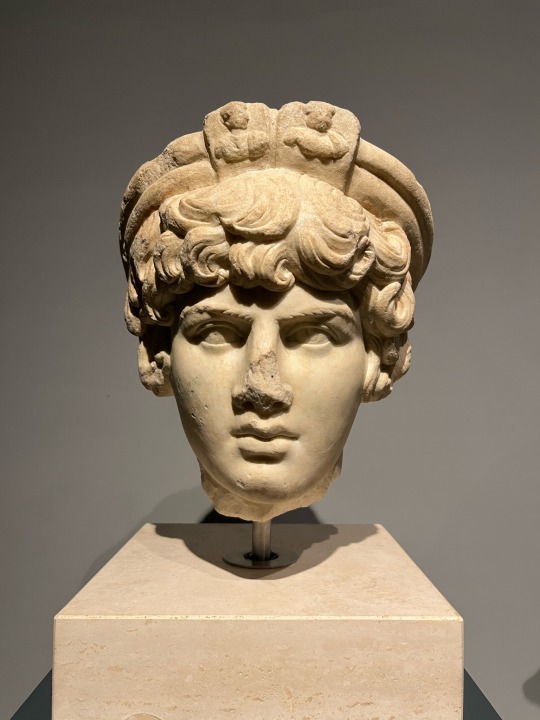
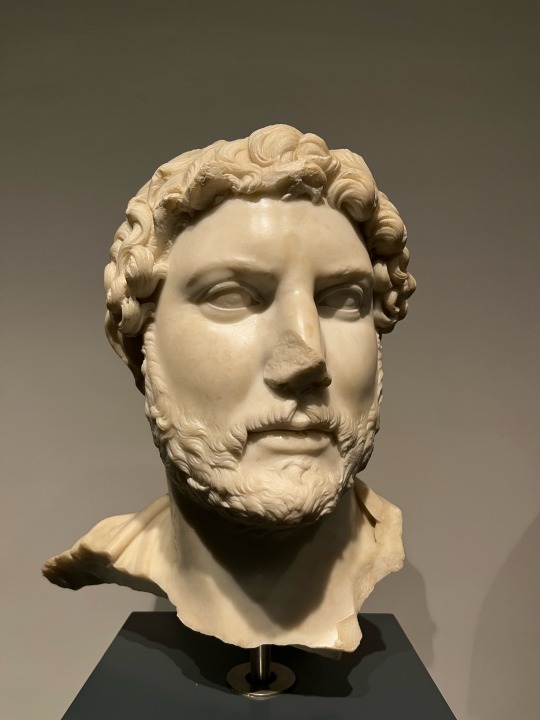
Antinoo and Emperor Hadrian, II sec. AD, Palazzo Massimo, Rome, Italy
#rome#antinoo#hadrian#emperor hadrian#rome italy#ancient#gay art#gay#tumblr#romantic#classical mythology
33 notes
·
View notes
Text
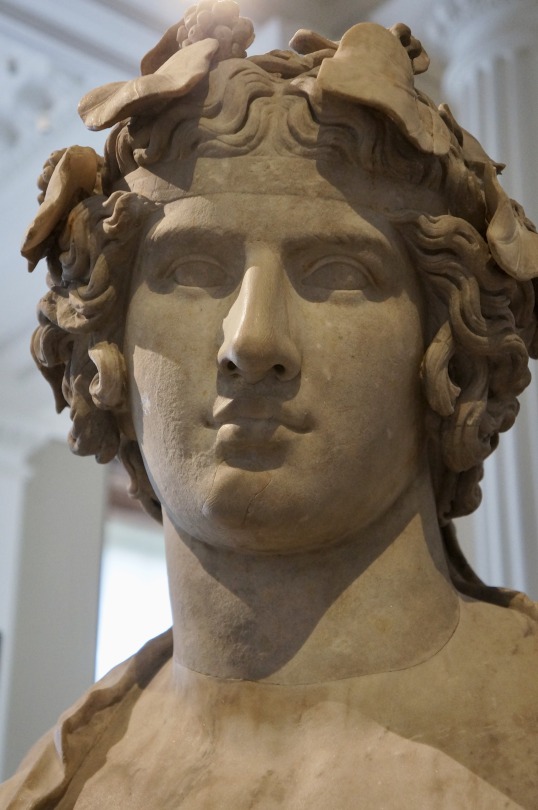
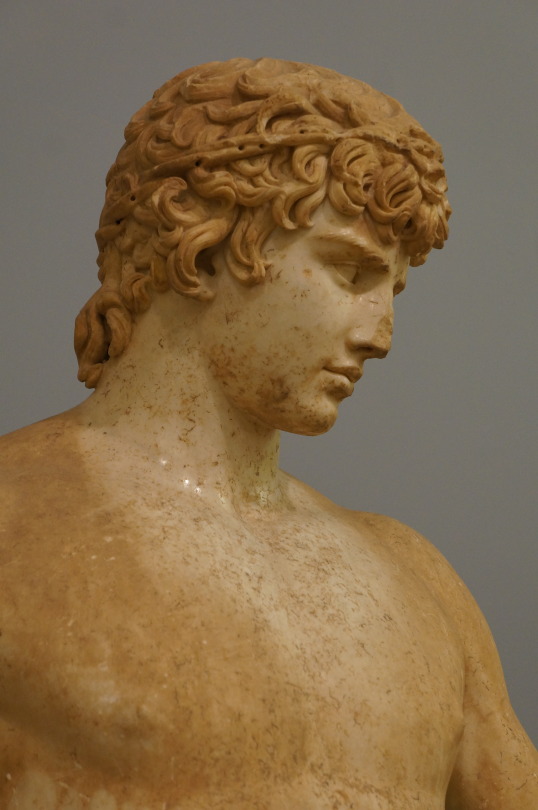
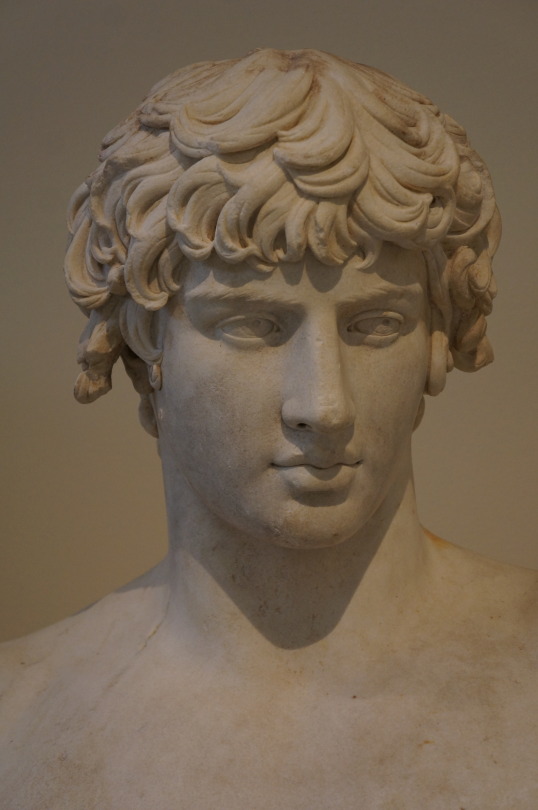



Antinous, around Europe
(Fitzwilliam Museum, Cambridge, UK; Delphi Archaeological Museum, Delphi, Greece; National Archaeological Museum, Athens, Greece; Altes Museum, Berlin, Germany; British Museum, London, UK; Ny Carlsberg Glyptotek, Copenhagen, Denmark)
#my little search game#makes museum visits so much more fun#mine#photography#antiquity#antinous#antinoos#hadrian#tagamemnon#statue#mythology#aesthetic#museum#classical mythology#ancient greece#ancient rome#fitzwilliam museum#delphi archeological museum#national archaeological museum#altes museum#british museum#ny carlsberg glyptotek
93 notes
·
View notes
Photo
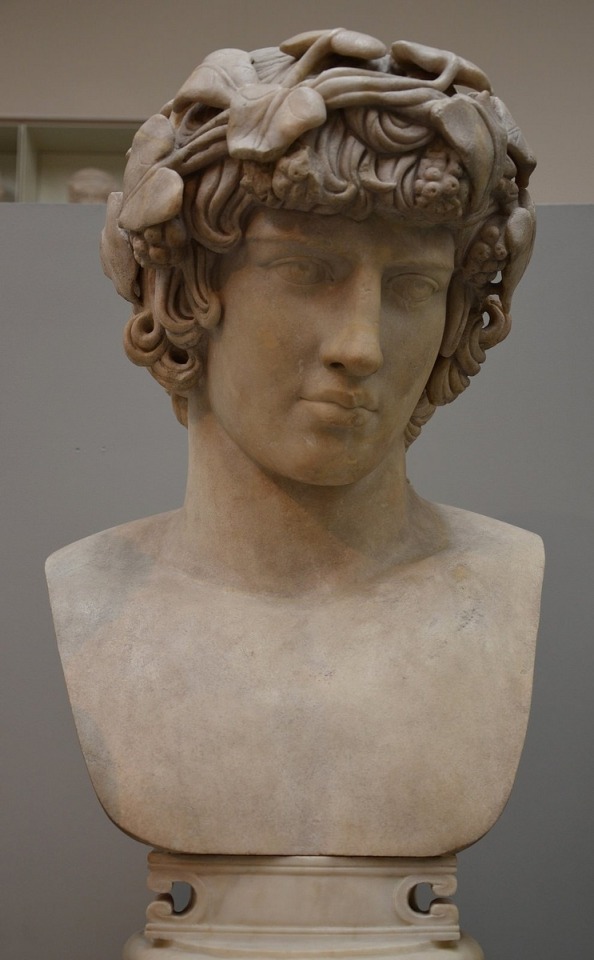
Antínoo
Antínoo (c. 110-130 d.C.) fue un joven de Bitinia que se convirtió en el amado del emperador romano Adriano (quien vivió del 76 al 138 d.C. y reinó del 117 al 138 d.C.) desde los 13 años, aproximadamente, hasta su muerte a los 20 años. Se desconoce su año de nacimiento, al igual que cualquier detalle de su vida antes de conocer a Adriano en el 123 d.C.
Lire la suite...
2 notes
·
View notes
Photo




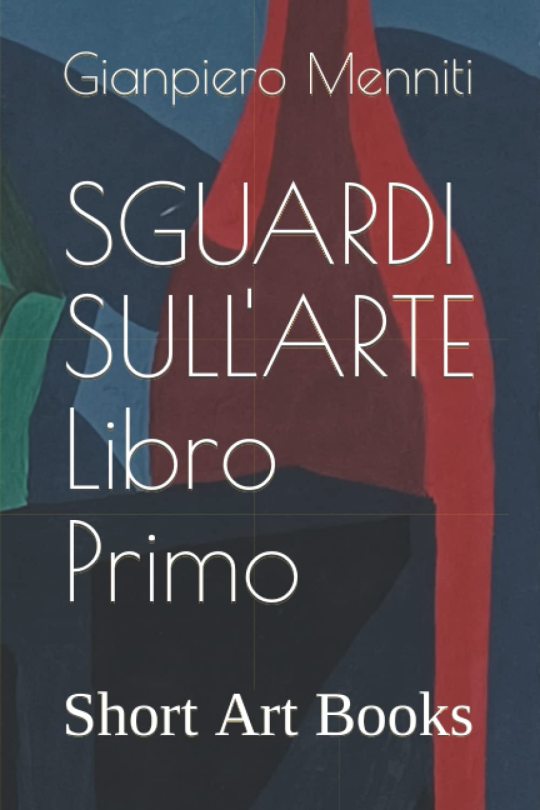

Da: SGUARDI SULL’ARTE LIBRO PRIMO - di Gianpiero Menniti
ANTROPOLOGIA DEL DIVINO, APICE DELL'IMPERO
Ammirando l’Antinoo di Delfi, ritratto come un divino efebo - recuperato nel tempio di Apollo a Delfi e conservato nel museo archeologico dell’antica città posta sulle pendici del monte Parnaso - c’è da rimanere sbigottiti: per l’incantevole bellezza e la rilevante qualità del manufatto.
Ma anche per l’inimmaginabile sublimazione di un amore “imperiale” in culto, in eroica divinizzazione alla quale Adriano riesce a far assumere carattere universale.
Antinoo, il favorito, l’amante di Adriano, imperatore di sensibilità ellenistica e soprattutto ispirato ai dinasti orientali per i quali l’esibizione pubblica del privato è espressione del potere, muore nel 130 d.C., in Egitto.
Adriano ne promuove subito l’eroicizzazione dando corso alla realizzazione di statue nelle quali si colgono i caratteri del classicismo plastico greco - che trovò espressione in opere tra il V ed il IV sec. a.C. - tuttavia mediato da un evidente gusto ellenistico: il chiaroscuro della fitta capigliatura, le labbra tumide, l’espressione intensa.
L’inclinazione della gamba coordinata con la posa leggera che coinvolge tutto il corpo, traccia sull’intera figura il connotato di un’apparizione divina, di una placida e languida compostezza.
Naturalmente, tutto questo è segno ineludibile di una ormai definita trasformazione che da Augusto in avanti ha tradotto i caratteri di un impero cosmopolita in un allontanamento dai valori originari, in un addensarsi di modelli comparativi che delineano, fuori dai confini di Roma e dalla sua tradizione, i connotati del potere imperiale.
Adriano, come un dio che non ha bisogno di altri all’infuori di se stesso (del resto, già il predecessore, Traiano, costruisce il foro per la prima volta privo di un tempio), plasma di eroismo la figura di un favorito, lo presenta nelle forme inconsuete e inimmaginabili di un essere divinizzato perché amato dall’imperatore.
È un salto in avanti, un punto di non ritorno che probabilmente segna, più che per ogni altro predecessore e sia per ogni altro successore, una svolta che nel lungo periodo (poco più di due secoli) farà pagare a Roma il proprio dissolvimento.
In copertina: Maria Casalanguida, "Bottiglie e cubetto", 1975, collezione privata
11 notes
·
View notes
Text

If you want to get one of my Pride pieces before the end of the month, it's not too late! In fact, this weekend is the ideal time to place that order.
#pride jewelry#pride month#gay pride#pride 2023#sappho#antinoos#antinous#bisexual sword#lambda#dionysus#dionysos#kybele#cybele#rhea#pagan#wiccan#hellenic#hellenistic
3 notes
·
View notes
Text
Divino halcón de oro, me es propia tu sustancia.
Mis deseos irradian el fulgor de tu gloria
y, a tu ausencia, antepongo nuestra proximidad.
En la mítica barca, nuestros dobles etéreos
surquen, por siempre unidos, la luz del día eterno.
"Adriano y Antinoo" / Pedro Gandía
#Pedro Gandía#Adriano y Antinoo#poesía#fragmento#luz#proximidad#gloria#sustancia#ausencia#mítica#halcón#divino#eterno#Tríptico del Tiempo la Belleza y la Muerte#Tríptico del Tiempo la Belleza y la Muerte 1974-1976
7 notes
·
View notes
Text
Wake up babe, new sacred texts just dropped
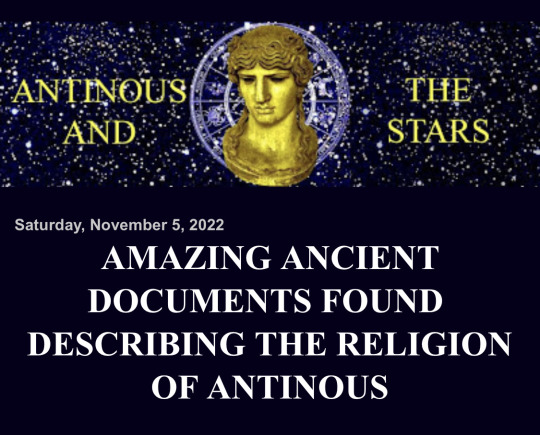
5 notes
·
View notes